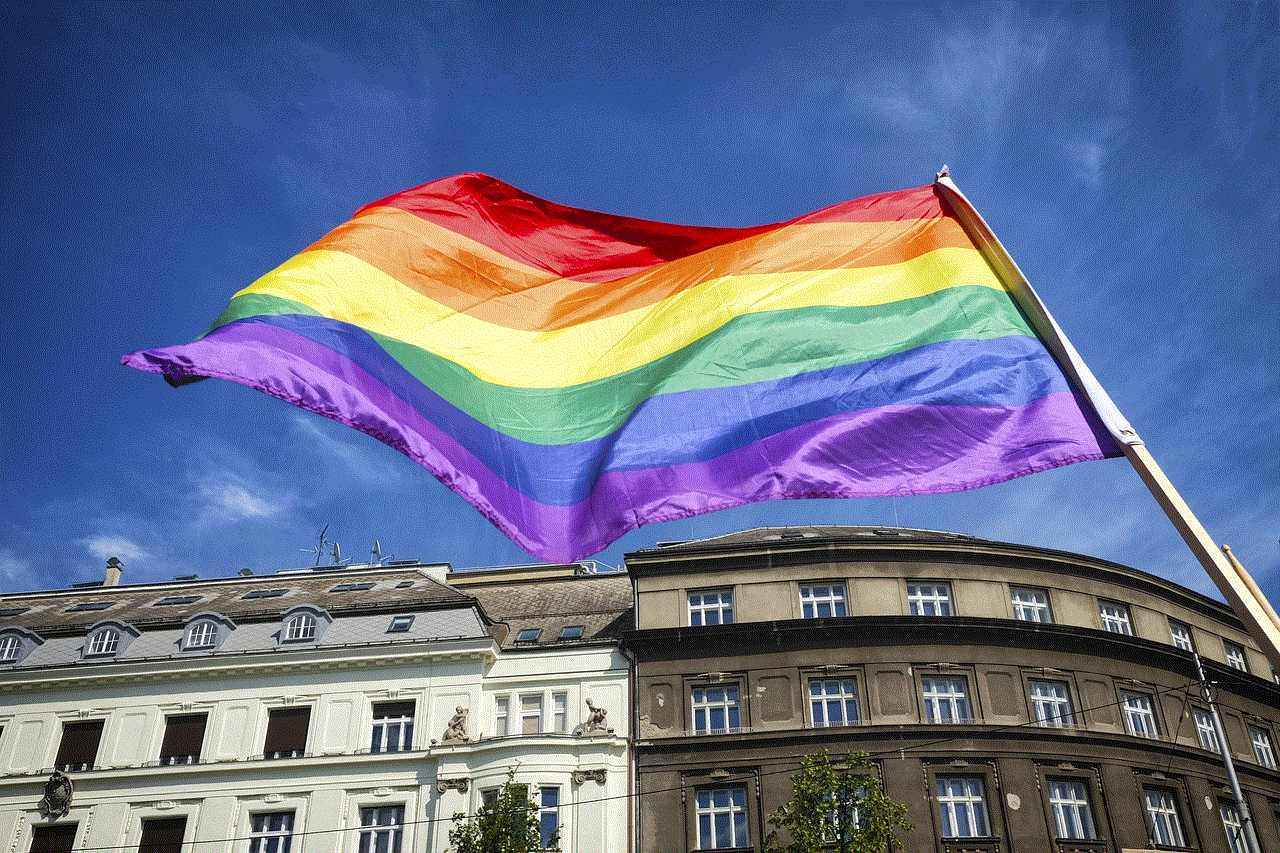how to allow unknown sources on iphone ios 14
With the release of iOS 14, Apple has introduced many new features and enhancements to its operating system for iPhones. One of the most talked-about features is the ability to customize your home screen with widgets and change the default apps for certain tasks. However, one thing that has remained constant is Apple’s strict policy of not allowing apps from unknown sources to be installed on their devices. This means that users are limited to downloading apps from the App Store, which can be frustrating for some who want more flexibility and control over their devices. In this article, we will explore how to allow unknown sources on iPhone iOS 14 and the potential risks and benefits of doing so.
What are Unknown Sources on iPhone?
Unknown sources on iPhone refer to any apps or software that are not available on the App Store or authorized by Apple. These apps are developed by third-party developers and are not subjected to the same strict guidelines and security checks as those on the App Store. Some of these apps may not meet Apple’s standards, while others may not be allowed on the App Store due to various reasons. These reasons could range from the app’s functionality to the developers’ unwillingness to comply with Apple’s terms and conditions.
Why Doesn’t Apple Allow Unknown Sources on iPhone?
Apple’s strict policy of not allowing unknown sources on iPhone is primarily driven by security concerns. The company’s App Store review process ensures that apps on its platform are safe, secure, and do not pose any risk to its users. This is done by screening apps for malware, viruses, and other malicious activities. Apple also requires developers to adhere to strict guidelines and policies to ensure the quality and safety of their apps. This enables Apple to provide a seamless and secure experience for its users, making it one of the most trusted app marketplaces in the world.
Allowing unknown sources on iPhone would mean bypassing these security measures, which could potentially compromise the device’s safety and security. Malicious apps could access sensitive information, install malware, or cause other harm to the device. Moreover, allowing unknown sources could also lead to copyright infringement, as many third-party apps may contain copyrighted material without proper authorization. These are some of the reasons why Apple does not allow unknown sources on its devices.
How to Allow Unknown Sources on iPhone iOS 14?
Now, let’s get to the main question, how to allow unknown sources on iPhone iOS 14? While Apple does not provide an option to directly allow unknown sources, there are some workarounds that you can use to install apps from unknown sources on your iPhone running iOS 14. Here are some of the methods you can try:
1. Use a Third-Party App Store
One of the most common ways to install apps from unknown sources on iPhone is by using a third-party app store. These app stores, such as Cydia, offer a wide range of apps that are not available on the App Store. However, to use these app stores, you need to jailbreak your iPhone, which is a process of removing the restrictions imposed by Apple. Jailbreaking your iPhone can be risky as it could make your device vulnerable to security threats and also void your warranty. Hence, this method is not recommended for everyone.
2. Use AltStore
AltStore is another alternative app store that allows you to install apps from unknown sources on your iPhone without jailbreaking it. This is made possible by a feature called AltStore Server, which uses a loophole in Apple’s security system to install apps on your device. However, you need to have a computer and the AltServer software installed to use this method. Moreover, this method requires you to renew the AltStore certificate every seven days, which can be a hassle for some users.
3. Use a Configuration Profile
Another way to allow unknown sources on iPhone iOS 14 is by using a configuration profile. This method involves creating a custom profile that allows you to install apps from unknown sources. However, this method is not recommended as it could potentially harm your device’s security and stability. Moreover, Apple has been actively revoking such profiles, making this method unreliable.
Is it Safe to Allow Unknown Sources on iPhone?
As mentioned earlier, allowing unknown sources on iPhone could pose a significant risk to your device’s security. Hence, it is not recommended for most users. However, if you do decide to allow unknown sources, here are some steps you can take to minimize the risks:
1. Use a Virtual Private Network (VPN)
Using a VPN can help you protect your device from security threats by encrypting your internet traffic and masking your IP address. This can help you stay anonymous and secure while downloading apps from unknown sources.
2. Research and Check App Reviews
Before downloading any app from an unknown source, make sure to do thorough research and check the app’s reviews. This can help you identify any potential risks and make an informed decision about whether to download the app or not.
3. Stay Away from Pirated Apps
Pirated apps are a significant source of malware and viruses. Hence, it is best to avoid downloading such apps from unknown sources. These apps may contain copyrighted material without proper authorization and could also lead to legal trouble.
4. Keep Your Device and Apps Updated
Keeping your device and apps updated is crucial in ensuring their security and stability. Developers regularly release updates to fix bugs and address security vulnerabilities. Hence, it is essential to keep your device and apps up to date.
Conclusion
In conclusion, while it is possible to allow unknown sources on iPhone iOS 14, it is not recommended for most users. Apple’s strict policies and security measures ensure a safe and secure experience for its users. However, if you do decide to allow unknown sources, make sure to take necessary precautions and follow the methods mentioned above to minimize the risks. As always, it is essential to be cautious and vigilant while downloading apps from unknown sources to protect your device and personal information.
how to find out when someones birthday is



Birthdays are a special occasion that we all look forward to. It’s a time when we celebrate the day someone came into this world and made it a better place. However, there are times when we may not know the exact date of someone’s birthday. Perhaps it’s a new friend, a coworker, or a distant relative. In such situations, finding out their birthday can be a tricky task. But worry not, because in this article, we will explore various ways to find out when someone’s birthday is.
Before we dive into the methods, let’s first understand the importance of birthdays. Birthdays have been celebrated since ancient times, with evidence of birthday celebrations dating back to the ancient Egyptians. In modern times, we have made birthday celebrations a grand affair, with parties, gifts, and cakes being the norm. It’s a way to show our loved ones that we cherish them and are grateful for their presence in our lives.
Now, coming back to our main topic, here are some ways to find out when someone’s birthday is:
1. Ask them directly: The most obvious way to find out someone’s birthday is to ask them directly. While it may seem a bit awkward or intrusive, there’s nothing wrong with asking someone their birthday. In fact, most people will be happy to share this information with you. If you feel uncomfortable asking for their exact birth date, you can always ask for their zodiac sign or birth month as a conversation starter.
2. Check social media: In today’s digital age, most people have a presence on social media platforms like facebook -parental-controls-guide”>Facebook , Instagram , or Twitter . These platforms have a feature where users can add their birth date to their profile. If you are connected with the person on any of these platforms, you can easily find out their birthday by checking their profile.
3. Ask their friends or family: If you know the person’s friends or family members, you can always ask them about the person’s birthday. They are likely to know the date and may even give you ideas for a surprise birthday celebration.
4. Look for clues: Pay attention to the little details that may give you a clue about someone’s birthday. For instance, if you notice a birthday card or a gift on their desk at work, it could be a hint that their birthday is around the corner. Or if you see them wearing a zodiac sign pendant or a bracelet, you can use that information to narrow down their birth date.
5. Check their driver’s license: If you have access to their driver’s license, you can easily find out their birth date from there. However, this method may not be feasible for everyone, and it’s essential to respect someone’s privacy.
6. Ask mutual friends: If you have mutual friends with the person, you can always ask them about their birthday. They may know the exact date or at least give you an idea of when it is.
7. Use online people search engines: There are various online people search engines that can help you find someone’s birthday. You can enter the person’s name and location to get information about their birth date. Some popular people search engines include Spokeo, BeenVerified, and Whitepages.
8. Check their birth certificate: If the person is a close friend or family member, you can always check their birth certificate to find out their birthday. This method may not be suitable for acquaintances or coworkers.
9. Look for their horoscope: If you know the person’s zodiac sign, you can check their horoscope to find out when their birthday falls. Many horoscope websites also have a feature where you can enter your birth date and find out your zodiac sign, making it easier for you to find out their sign.
10. Ask their boss or HR department: If the person is your colleague, you can always ask their boss or the HR department for their birthday. They may have this information on record for official purposes.



11. Use a birth date calculator: If you know the person’s age, you can use a birth date calculator to find out their birth date. These calculators require you to enter the person’s age, and they will give you a list of possible dates when their birthday could be.
12. Hire a private investigator: If you have exhausted all other options and still can’t find out someone’s birthday, you can always hire a private investigator. They have access to various databases and can find out someone’s birth date for a fee.
In conclusion, finding out someone’s birthday may seem like a daunting task, but with these methods, you can easily uncover this information. However, it’s essential to remember that not everyone may be comfortable sharing their birth date, and it’s crucial to respect their privacy. If someone doesn’t want to disclose their birthday, don’t push them or make them feel uncomfortable. After all, it’s the thought that counts, and showing someone you care about them is more important than knowing their exact birth date.
spotify edited versions
Spotify, the popular audio streaming platform, has revolutionized the way people consume music. With its vast library of songs and user-friendly interface, it has become the go-to platform for music lovers all over the world. However, one aspect of Spotify that often goes unnoticed is its edited versions of songs. These edited versions serve a specific purpose and have sparked debates among listeners. In this article, we will explore the concept of Spotify edited versions and delve into the reasons behind their creation.
Firstly, let’s understand what exactly is meant by Spotify edited versions. These are versions of songs that have been modified in some way from their original form. The modifications can range from minor edits in lyrics to complete changes in the song’s structure. These edited versions are usually created by record labels or artists themselves and then uploaded to the platform. They can be identified by the “Explicit” or “Clean” label that appears next to the song title on Spotify.
One of the main reasons for creating edited versions of songs is to make them more suitable for a wider audience. Many songs contain explicit language or themes that may not be appropriate for certain listeners, such as children or those who prefer cleaner content. By creating a clean version of the song, Spotify ensures that these listeners can also enjoy the music without being exposed to any offensive content.
Moreover, edited versions also cater to the censorship laws of different countries. In some countries, certain words or themes are not allowed to be broadcasted, and therefore, the explicit versions of songs cannot be played on the radio or other platforms. By creating a clean version, Spotify makes sure that these songs can be enjoyed by listeners in all countries without any legal restrictions.
Additionally, edited versions also serve as a marketing strategy for record labels and artists. By creating both explicit and clean versions of a song, they can appeal to a wider audience and increase their chances of success. The clean version can be played on radio stations, TV shows, and other platforms that have strict content guidelines, while the explicit version can be promoted on platforms like Spotify, where listeners have the option to choose their preferred version.
However, the creation of edited versions has also sparked debates among listeners. Some argue that the edited versions take away the authenticity and true meaning of the songs. They believe that the artist’s original intent is lost in these modifications, and the songs lose their impact. On the other hand, some argue that edited versions make the songs more accessible and inclusive for all listeners.
Moreover, some artists have also expressed their dissatisfaction with the creation of edited versions of their songs. They believe that their creative expression is being compromised, and their art is being altered without their consent. This has led to conflicts between artists and their record labels, with some artists even refusing to release edited versions of their songs.
Another issue with edited versions is that they can sometimes be misleading for listeners. Many times, the clean version of a song may still contain some explicit content, but the edits have been made in a way that the offensive words or themes are not easily recognizable. This can result in listeners unknowingly exposing themselves to content they may find offensive or inappropriate.
Furthermore, the creation of edited versions has also raised questions about censorship and freedom of expression. Some argue that censoring songs goes against the principle of free speech and artistic freedom. They believe that listeners should have the right to choose what they want to listen to and that censorship should not be imposed on them.
Despite the controversies surrounding edited versions, they have become a common feature on Spotify. The platform has strict guidelines for explicit content, and it takes the responsibility of providing a safe and inclusive listening experience for its users seriously. The “Explicit” or “Clean” label next to a song title also helps listeners make an informed decision about the content they want to consume.



In conclusion, Spotify edited versions serve a specific purpose and have become an integral part of the platform. They cater to a wider audience, comply with censorship laws, and serve as a marketing strategy for record labels and artists. However, they have also sparked debates and raised questions about censorship and artistic freedom. Ultimately, the decision to create edited versions lies with the artists and their record labels, and it is up to the listeners to choose which version they want to listen to.
